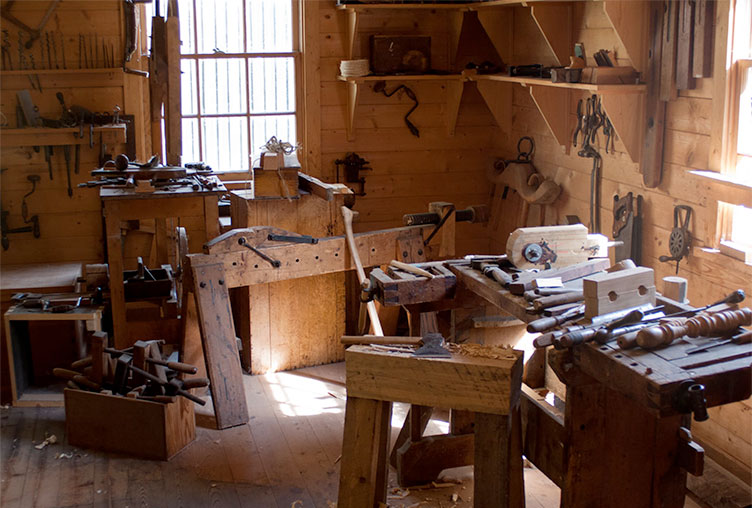
When it comes to pricing your work, it’s important to consider overhead costs, and factor these into the final price of your products.
Overheads are costs that you need to pay in order to run your business, but aren’t tied directly to making a specific product or service. Overheads include business expenses such as rent, power, accountancy fees, tools, and equipment. They are commonly fixed costs – costs which don’t increase as your sales increase, and must be paid regardless of how much or how little you sell. Your materials and labour are also deductible business expenses, but as they are directly tied to making products, they are not overheads.
The table below shows how to estimate annual overheads for your business. Some figures may be educated guesses, or you may be able to look back at how much you spent in the previous year.
| Overhead | Annual cost |
| Rent | $aa |
| Power and internet | $bb |
| Office supplies | $cc |
| Insurance | $dd |
| Accountancy fees | $ee |
| Tools* | $ff |
| Total annual overheads | $gg |
*Tools and equipment used to make your products are considered assets. Generally, you can count low value assets as an overhead expense if they cost less than $1000. If they cost more than this, you must depreciate them over their useful lifetime, and the depreciation becomes an overhead expense. The IRD has more information about this here »
TIP: If you work from home, you can apportion a percentage of your home rent, power,and internet bills as an overhead of your business. It’s calculated based on the floor area of your home used for your business – read more from the IRD about calculating home office expenses here »
Once you’ve estimated your Total Annual Overheads, you can spread this cost out when pricing your products by calculating the overhead cost per product. To do this, you’ll need to estimate how many products you’re likely to sell in a year using an educated guess, or looking at last year’s sales.
For example:
| Total annual overheads | $420 |
| ÷ estimated annual sales (units) | 120 |
| Overhead cost per product | $3.20 |
In this example, the overhead cost per product is $3.20. This means that when you price your products, you need to factor in $3.20 worth of overheads per item you sell, alongside your material costs, labour, and service fees.
TIP: Opening a separate bank account for your business is a great way to keep track of your business revenue and expenses. It keeps your personal and business finances separate, and makes things much easier at tax time.
Overheads and business expenses can be daunting, and can get complicated depending on your business and industry. Finding a good accountant who can give you advice and ensure that you’re meeting all of your tax obligations is a great idea. Xero has a handy tool on their site, to match you with a suitable accountant in your area of NZ – check it out here »
The IRD also has plenty of resources on overheads, expenses and tax for everyone, whether you’re a sole trader or have a registered company. Find more information here »
Figuring out your overheads and factoring them into your product prices doesn’t have to be a big job, nor does it need to be exact. You can never be sure exactly how many items you’ll sell or what unexpected overheads you’ll incur during the year, but a little time spent working out an educated estimate can be hugely beneficial to ensuring that you’re valuing your work, and making money from it, too.
Photo by Adam Patterson on Unsplash






Great article, nice and easy to understand – thank you!